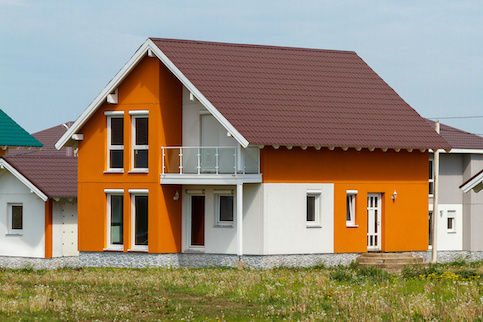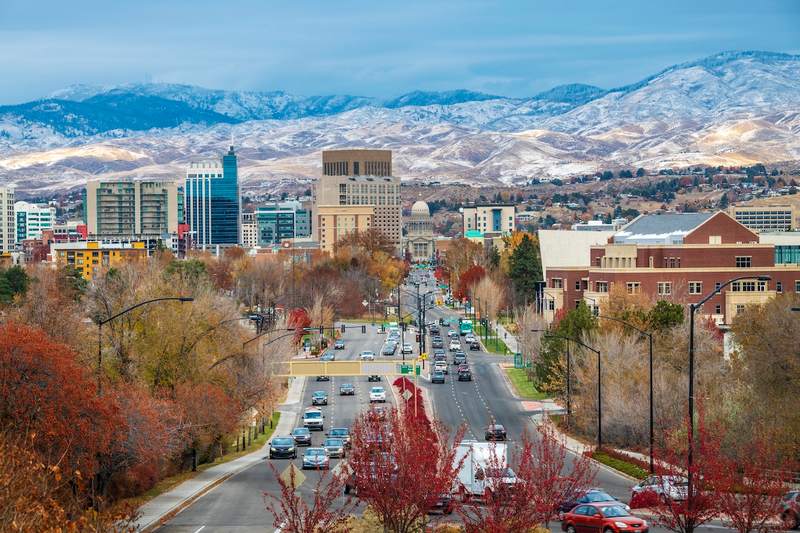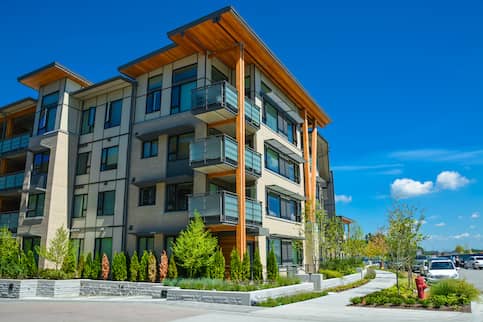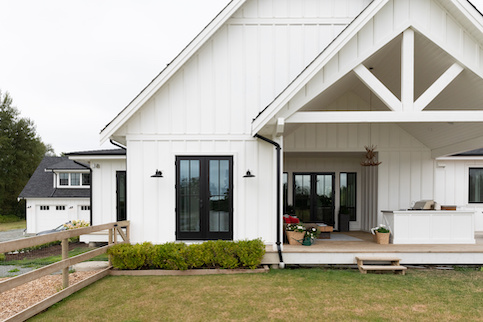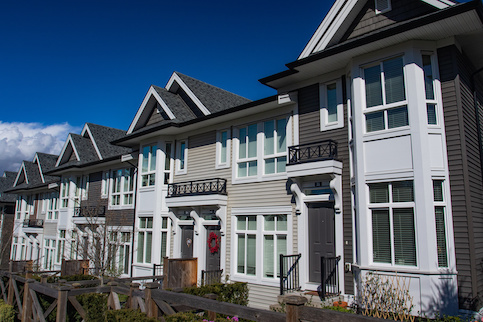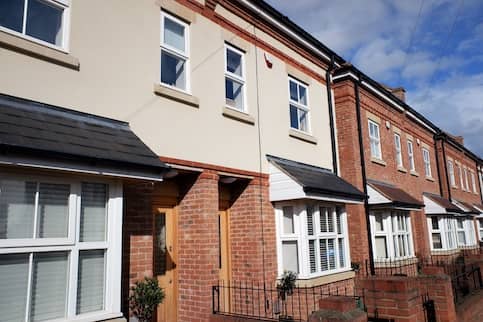Real estate follows a pattern called the real estate cycle that is linked to local and national economic trends. The real estate cycle is divided into four phases: recovery, expansion, hyper supply and recession.
Whether you’re looking to purchase your first home or an investment property, understanding the real estate cycle and knowing where we are in the economy can help you predict upcoming trends and make better decisions about your investment. Follow along as we take a closer look at how the real estate cycle affects the housing market, and what that means for you.
What Is The Real Estate Cycle?
The real estate cycle, sometimes called the housing market cycle, is a model that represents economic changes within commercial and residential real estate industries. The cycle is made up of four parts: recovery, expansion, hyper supply and recession.
The real estate cycle refers to the fluctuations in economic activity, defined by periods of expansion and contraction.
Expansions are phases when the economy is growing. Typically, during an expansion period business grows, unemployment is low and consumers are spending money. The period leading up to the 2008 recession is an example of an expansion. From 2001 to 2007 the American economy experienced steady growth in business and low unemployment, resulting in the economy expanding.
When economic growth begins to stall, economists refer to this as the peak of a real estate cycle. This is when the economy has reached its highest growth potential. The peak of an economy occurs after a time of expansion and before it begins to contract.
An economic contraction is when the economy begins to shrink. During economic contraction, many businesses reduce their production because consumers are spending less money. The reduction in production can lead to layoffs and contribute to increased unemployment.
Depending on the severity of the contraction, economists will refer to this phase as a recession or depression. The trough is the lowest point of contraction and occurs before the economy begins to grow into a new phase.
Real Estate Cycles And The Economy
The Federal Reserve oversees and sets interest rates based on the performance of the economy. When the economy is running well, interest rates tend to be higher. There are more people buying and investing and most consumers don’t need an incentive to continue spending.
When the economy is performing poorly, interest rates are lowered to encourage spending. When experiencing economic contraction, consumers are more conservative with their spending. By lowering interest rates, consumers have an incentive to purchase more, even if unemployment is up and the productions of goods is down. The lower interest rates give home buyers an incentive to purchase and homeowners an incentive to refinance.
View Your Refinancing Options
See recommended refinance options and customize them to fit your budget.
See What You Qualify For
Buy A Home
Discover mortgage options that fit your unique financial needs.

Refinance
Refinance your mortgage to have more money for what matters.
Tap Into Equity
Use your home’s equity and unlock cash to achieve your goals.
How Long Is The Real Estate Cycle?
You’ve probably seen headlines like “We’re heading toward a recession” or “We can only go up from here.” While they may see a trend developing, economists cannot predict the future. They have an idea of where the economy may be heading, but as history has shown us, they don’t know for sure.
Real estate cycles are unpredictable, and some phases can last longer than others depending on local, national and global economic influence.
The Real Estate Market Cycle, Phase By Phase
There are four phases of the real estate cycle. Each phase provides insight into the best times to buy, sell, or hold real estate. Read on to learn what you can expect from each phase of the real estate cycle.
Phase 1: Recovery
During the recovery phase, the economy has characteristics of a recession, and is considered the bottom of the trough. Unemployment rates are typically high and consumption of goods low, and houses become more affordable for those looking to purchase a home during an economic recovery.
Phase 2: Expansion
When the economy reaches the point of expansion, the market is on the upswing and job growth is strong. When available property becomes scarce, the basic law of supply and demand kicks in. As occupancy rates improve, property values and rental rates increase.
Phase 3: Hyper Supply
Hyper supply begins when vacancy increases. Economists monitor vacancy rates and available housing closely to determine each phase of the real estate cycle. The oversupply of space is caused by overbuilding or a shift in the economy pulling back demand. Rent growth may remain positive but at declining levels.
Phase 4: Recession
The economy is considered in a recession or depression when vacancy levels begin to rise due to too much available inventory and economic growth slows down. Rent growth during a recession is either negative or at levels below the rate of inflation.
How The Real Estate Cycle Impacts Home Buyers
When the economy is in an expansion phase, home values tend to increase and unemployment rates are low. With more Americans working and earning an income, more people can afford to purchase a home. When the economy is contracting, employment can be become a concern so many consumers choose to spend less and save more for a rainy day.
If you’re planning to purchase a home in 2022, real estate is still in high demand, making it a seller’s market. A combination of low inventory and labor shortages are driving up demand and home values. Unfortunately for millennials entering the real estate market as first-time home buyers, this puts them at a disadvantage. Factors like high home prices, labor shortages and building material shortages are boxing them out of the market.
Getting a house is still possible, but you might want to make a list of what you absolutely need and what would just be nice to have so you can find something in line with your budget.
The Bottom Line: Buy Or Sell Your Home On Your Own Time
No one can predict the future, but if we pay close attention, we can see patterns that give us an idea of what’s on the horizon. We know that when demand for housing is high, the competition gets fierce and home values increase. When interest rates increase and the economy stalls, home values stabilize. What we don’t know is how long these phases will last.
When it comes to buying or selling a home, doing so on your terms and timing is important. The real estate cycle gives us insight into where the economy is and where it’s headed but only you can determine when you’re ready for the responsibility of your own home.
Ready to Find Out What You Qualify For?
See options that work for your unique financial situation.

Carla Ayers
Carla Ayers is a Staff Writer for Rocket Companies and a Realtor with a background in commercial and residential property management, leasing, and arts management. She has a bachelor's degree in arts marketing and a master's degree in integrated marketing and communications from Eastern Michigan University.
